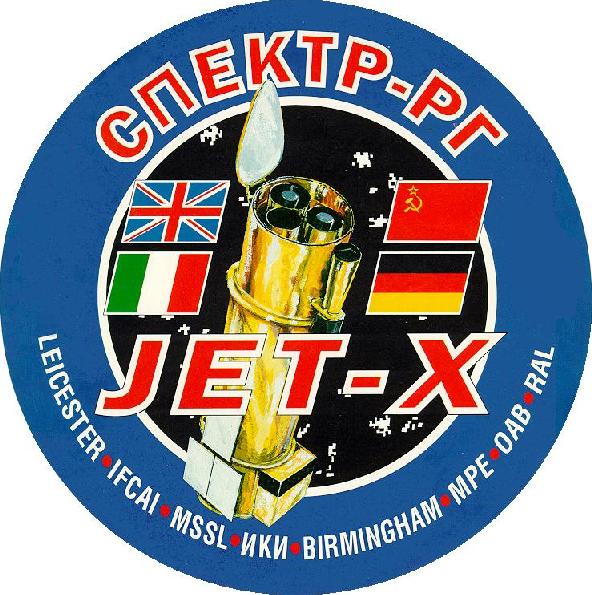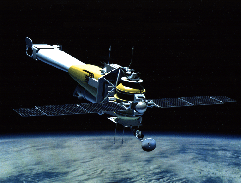

 |
 |
Jet-X at MSSL |
 |
FUVITA |
FUVITA is a set of 2 telescopes to perform imaging in the largely unexplored Far Ultraviolet (FUV) range between 91.2 nm and 120 nm and will therefore close the gap between the UV instruments and the soft/hard X-ray instruments.
FUVITA will for the first time image the FUV sky at a 10 arcsec level over a 1.2 degree field-of-view with a limiting sensitivity of mv = 15 magn. for B0 stars. The orbit provided by SRG will allow for long, uninterrupted observations of up to 100 ksec and thus enable us to study the time variability of faint objects. The density of FUV sources will guarantee to observe objects for any pointing so that FUVITA will always gather data also as a secondary instrument. This means that FUVITA observations will be part of a multiwavelength study for wavelengths between about 0.012 nm and 300 nm (or 4 eV and 100 keV).
Within the FUVITA collaboration the Astrophysics Group of the Paul Scherrer Institute provides the central detectors with front-end processor and 32 Mbyte memory. In 1995 the two flight-model (FM1, FM2) and one spare-model (PFM) detectors were fully tested and calibrated at the Space Science Laboratories at Berkeley.
The instruments performance is listed in the table below.
| field-of-view | 1.2 deg |
| spatial resolution | 10 arcsec |
| time resolution | 1 ms |
| background rate | 10 cts/s |
| effective area | 0.2 cm2 |
| equivalent width | 9 nm |
| limiting flux | 1.0 e-5 photons/s/cm2/A (for point-sources with 24h observing time) |
Back to the SRG Instruments page
Astrophysics
group Homepage
MSSL Homepage